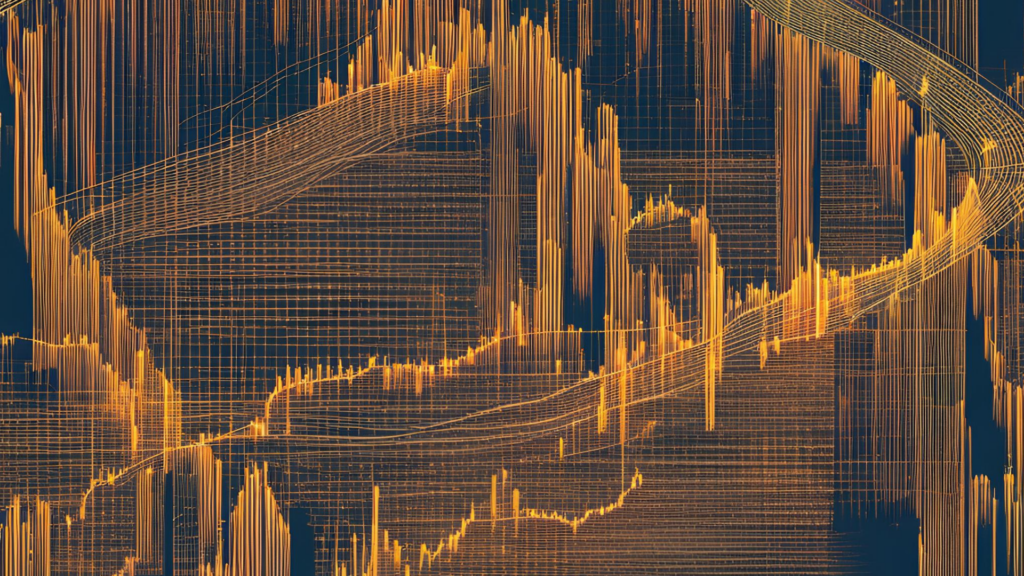
Moving averages are not the simplest, but they are certainly one of the most popular technical analysis indicators. Simpler ones might include Momentum and Rate of Change (RoC). In terms of formulas, finding the difference or ratio between two positive numbers is easier than calculating the arithmetic mean of an arbitrary number of positive numbers.
Considering the variety of moving averages (simple, exponential, weighted, and more), a broader understanding is required than just basic arithmetic.
We won’t dive deep into mathematical formulas—you can easily find them online. Instead, let’s discuss the working principle and examine two derivative indicators based on moving averages.
Notably, most successful trading strategies are built on moving averages, which explains their popularity.
The indicator is based on an undeniable principle: the price always returns to its average value. The periodicity, seasonality, and cyclicity of any market ensure an uneven demand and supply, meaning the price will always fluctuate around a certain average number. Don’t waste time searching for a magical period; instead, understand the mechanics of moving averages and combine the signals given by the price itself with the moving average.
For a price signal, let’s keep it simple: use the appearance of a candle of a different color that surpasses the previous candle’s extremum.
As long as the price is above its average, it’s considered to be rising. The further the price is from its average, the faster this growth is happening. The return to the average can be achieved in two ways: either the price drops to the average, or the price remains stagnant while the average “catches up” to it. The opposite is true if the price is falling.
Moving averages can also introduce the concept of wave movement. Consider a wave to be the movement from the moving average and the return to it. The formulation of the task seems complete: while the price is above the moving average, we are dealing with an upward wave movement; when the price falls below the moving average, it’s a downward wave movement. However, two inconvenient issues arise:
What if the price starts to hover exclusively around the moving average?
How far can the price move away from its moving average?
To answer the first question, we need to introduce the concept of a line break. When do we consider the price to have crossed any line, including the moving average? There are many options. I modestly suggest my own: wait for the price to touch your moving average. After that, wait for the appearance of a candle of a different color and note the extremum that appears below/above the moving average (if the price was crossing from above, then below; if from below, then above). As long as the price doesn’t exceed this extremum level, consider that the price hasn’t crossed your average. This approach allows you to focus on price behavior rather than the choice of moving average type or period.
Chester Keltner in 1960 and John Bollinger in 1984 independently addressed the second question. The idea is simple: plot two lines from the moving average, one above and one below. This creates a kind of channel. The specific formula for calculating these lines doesn’t matter much in my view; the price will always move within this channel due to the calculation formula.
You can easily find the formulas for these indicators online, so I won’t burden the text with mathematical symbols. Instead, let’s discuss how to use this setup, regardless of the formula used.
There are two perspectives:
If the price breaks out of the channel, it will inevitably return. And historically, that’s exactly what happens—from minor movements to trend reversals.
If the price touches the boundary, it will continue in that direction. And again, historically, that’s what happens!


